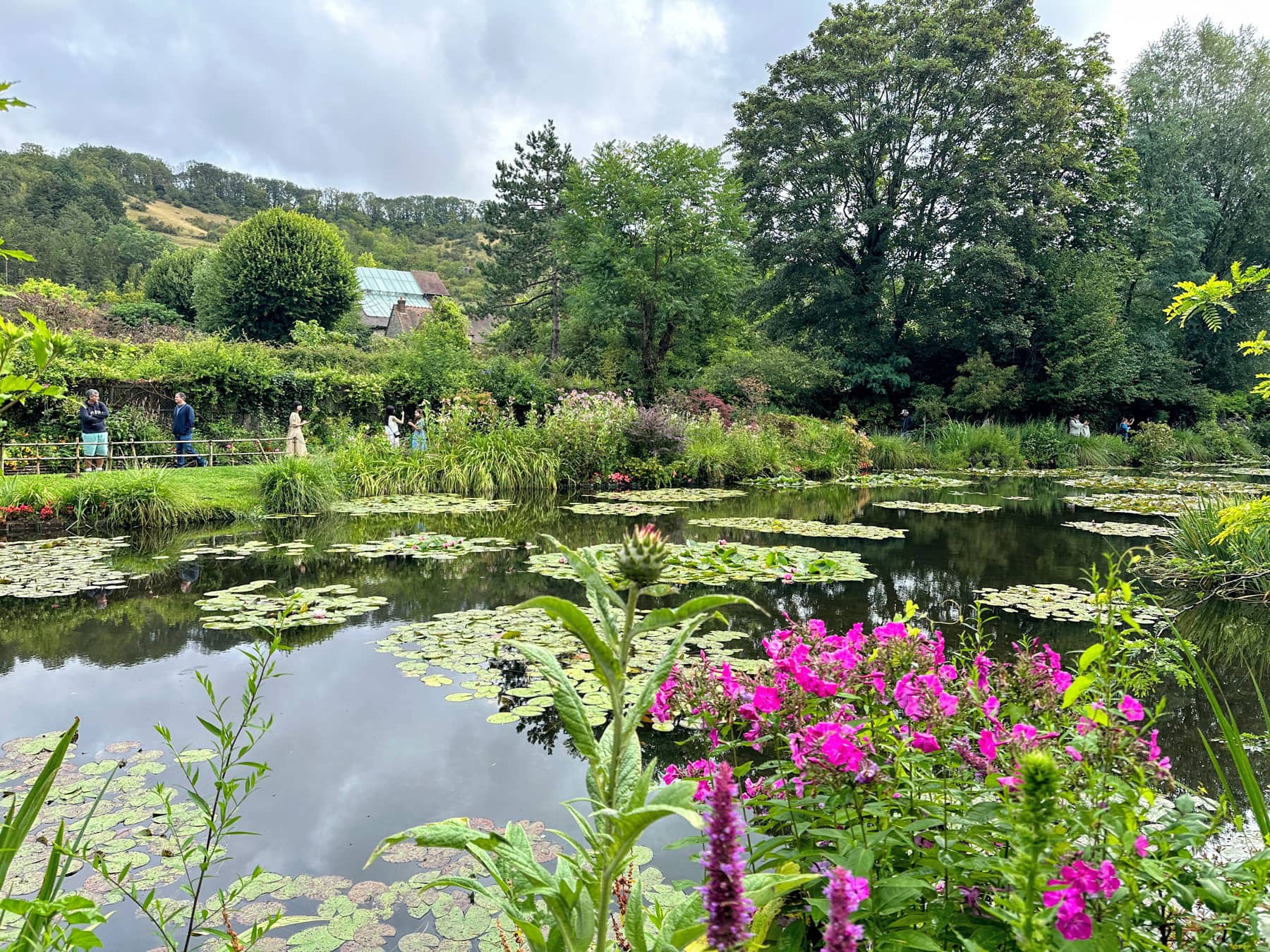
Go World Travel is reader-supported and may earn a commission from purchases made through links in this piece.
Normandy is comfortably nestled in France’s heart, in proximity to the City of Love, AKA Paris. While Paris is famous for the Eiffel Tower and the Louvre, Normandy is famed for its 20th-century and medieval history, regional cuisine, impressionist art, and beautiful landscapes.
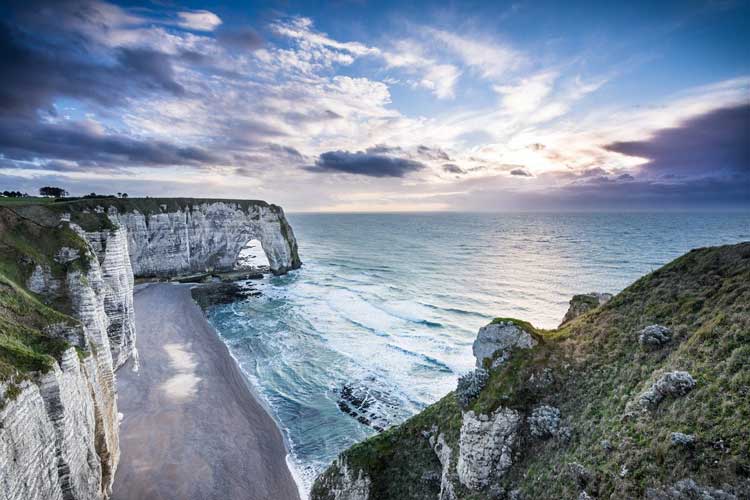
The historic trails of Normandy beckon to the history buff in you and invite you to stroll through the picturesque landscapes that whisper of the times gone by.
From the medieval villages frozen in time to the D-Day landing beaches that witnessed a pivotal moment in the Second World War, this region of northern France holds the secrets of the bygone era. So, pack your bags and prepare yourself to explore the historic trails of Normandy.
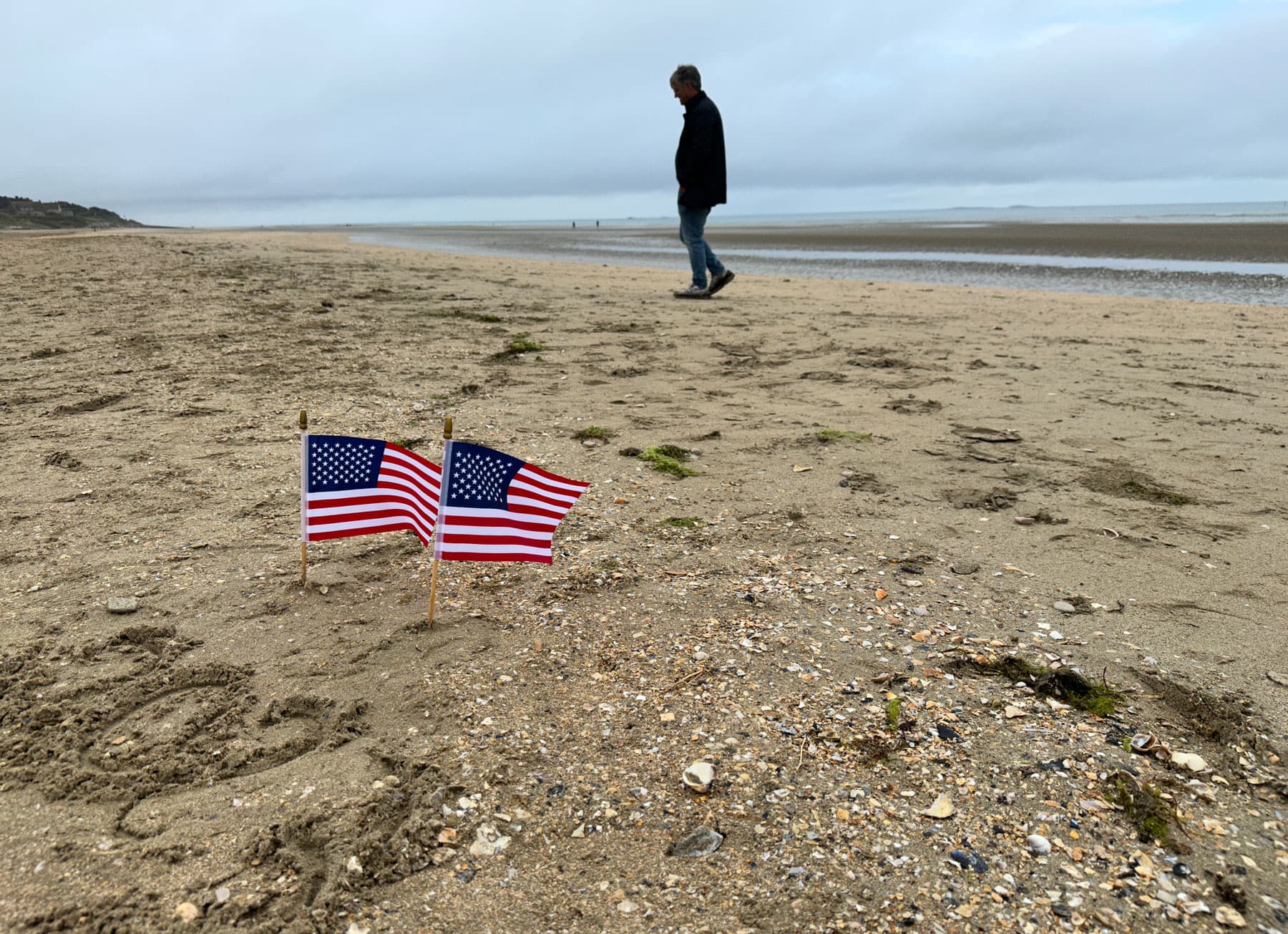
D-Day Landing Beaches
It would be criminal to start the historical trail without mentioning D-Day landing beaches. D-Day landings or Operation Overlord was the code name given to the Allied invasion of north-west Europe.
The operation began on 6th June 1944, and ended on 30th June 1944. The operation involves the landing of troops on beaches – Omaha, Utah, Juno Gold, and Sword – to establish a beachhead in France. By 30th June, the Allied forces had established a firm foothold in Normandy and successfully pushed pack the Nazi Germans. But this massive feat did not come without the sacrifices of the lives of valiant soldiers.
The most western beach was Utah, and it was assigned to the US 1st Army, 7th Corps. Out of all the landings, the casualties on this bench were the lightest. Out of the 23,000 troops that landed on this beach, only 197 men were wounded or killed.
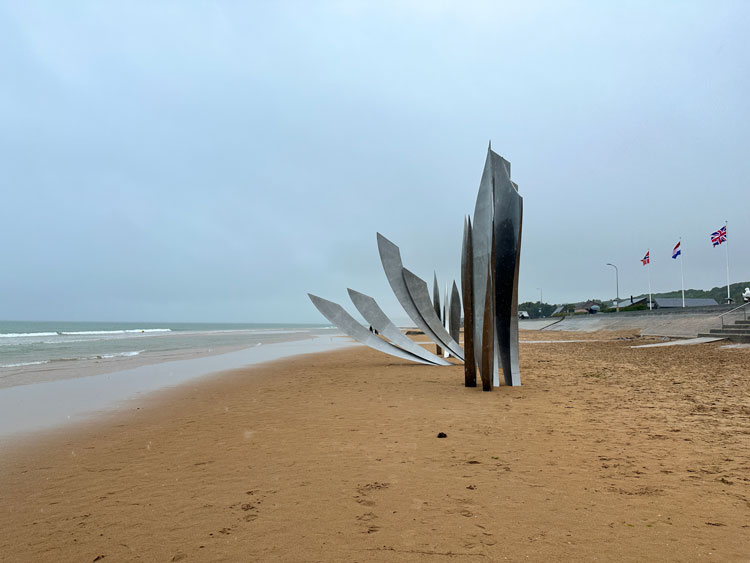
Omaha Beach was not as lucky as Utah. The US 1st Army, 5th Corps was assigned to this beach, and the 1st infantry assault experienced the worst ordeal of the D-Day landings. There were 2,400 casualties. But luckily, 34,000 Allied troops landed by nightfall to give the Germans a run for their money.
British 2nd Army, 30th Corps, landed on Gold Beach, and by night, the 25,000 troops had pushed the Germans six miles inland. The Brits experienced 400 casualties. As for Juno Beach, the Canadian 3rd Infantry Division and British 2nd Army, 1st Corps landed here, and out of the 21,400 troops, 1,200 were injured.
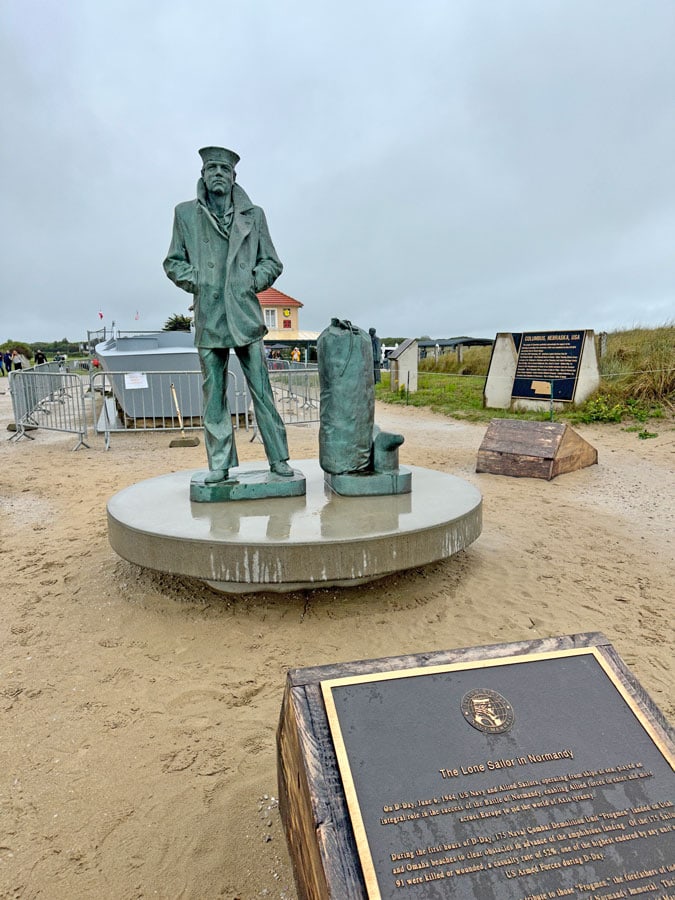
In Sword Beach, the British soldiers were able to land after being helped by the French and the British commandos. There were 630 casualties.
By visiting D-Day landing beaches, you will be transported back to the most heinous and worst times in human history. Although there’s not much to see in most of the sites, it is the feeling that matters. Hence, you must never miss opting for the guided D-Day Normandy beach tours so that you can get more information about the sites. With guided tours, you’ll hear personal stories of sacrifice and bravery.
The Trail of William the Conqueror
In Normandy, there are not only stories and sites from the Second World War that are worth exploring, but you can also step back into the medieval world and discover the 560km pilgrimage route that traces the footsteps of the Duke of Normandy. This trail will enrich you with stories of how the Duke conquered England in 1066.
While exploring the trail of William the Conqueror, you will find yourself wandering through rolling hills and lush valleys. You can explore fortified castles like Falaise, which was William’s birthplace. You can also spend some time admiring the beauty of the majestic Mont Saint-Michel. This is a tidal island that appears to be floating on the horizon.
This trial is a testament to architectural prowess and human ambition. It is a powerful reminder of the shifting tides of history and the power struggles.
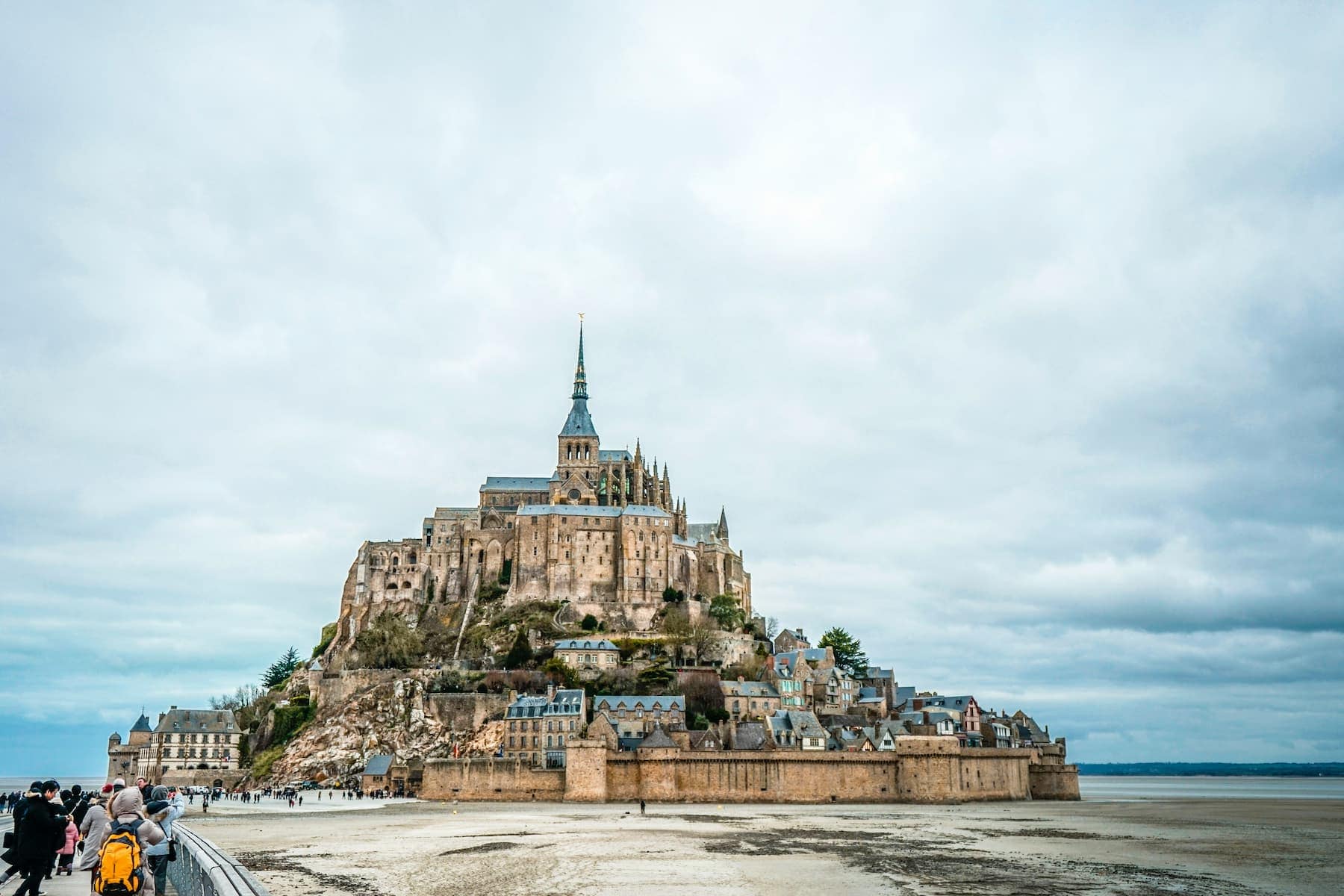
Follow the Way of Saint Michael
If you are seeking a spiritual journey, you can follow the Way of Saint Michael. This is an ancient 500km pilgrimage route that will take you from Mont Saint-Michel to Brittany. During this pilgrimage, you will be walking through lush forests and beautiful meadows. Also, you will walk past charming abbeys and villages that are humming with centuries of prayer.
This beautiful path is an excellent way to reflect on your life and other things that are bothering you. You will only hear the rhythm of your footsteps as you take this ancient pilgrimage route, along with the soothing chants of the monks.
By the end of this route, you will find yourself reconnected with your inner spirit.
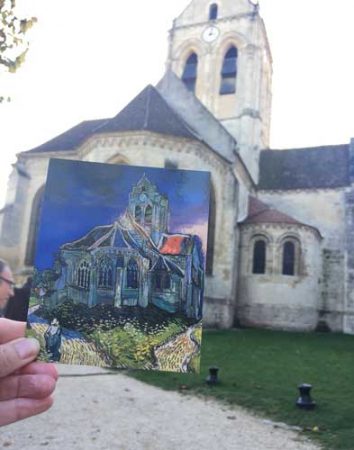
Follow the Footsteps of Art by Going on the Impressionist Trail
The Impressionist Trail beckons to all artists. It is a 120 km path that meanders through the countryside. This path inspired the likes of Sisley, Renoir, and Monet. If you are an artist, walking on the path of these artists must be a great honor.
The path will take you through beautiful apple orchards that are bathed in bright sunlight. You can pause and admire the water lilies that are shimmering under the sun, along with the sparkling waters of the ponds. On this path, you will be standing on the bridges that have been immortalized in the iconic paintings of your favorite artists.
So, if you have ever hoped to see the world through the eyes of your favorite impressionist artist, this is an experience you cannot miss.

Go Beyond the Historical Trails
Normandy is not only about history, impressionist art, and World War II sites. It is also a place that is known for its finger-licking cuisine and watersports activities. You can enjoy soaking in the sun, sitting at the beaches of this region, or going surfing. There are also aqua parks for families to have fun.
The Bottom Line
The historical trails of Normandy are your doors and windows to the past. With each step, you can connect with your heroes or artists of the past.
So, what are you waiting for? The beauty and rich history of Normandy is calling.
Inspire your next adventure with our articles below:
- Travel Guide to Colorado - April 26, 2024
- Travel Guide to Croatia - April 26, 2024
- Top 10 Things to Do in Ireland - April 25, 2024
